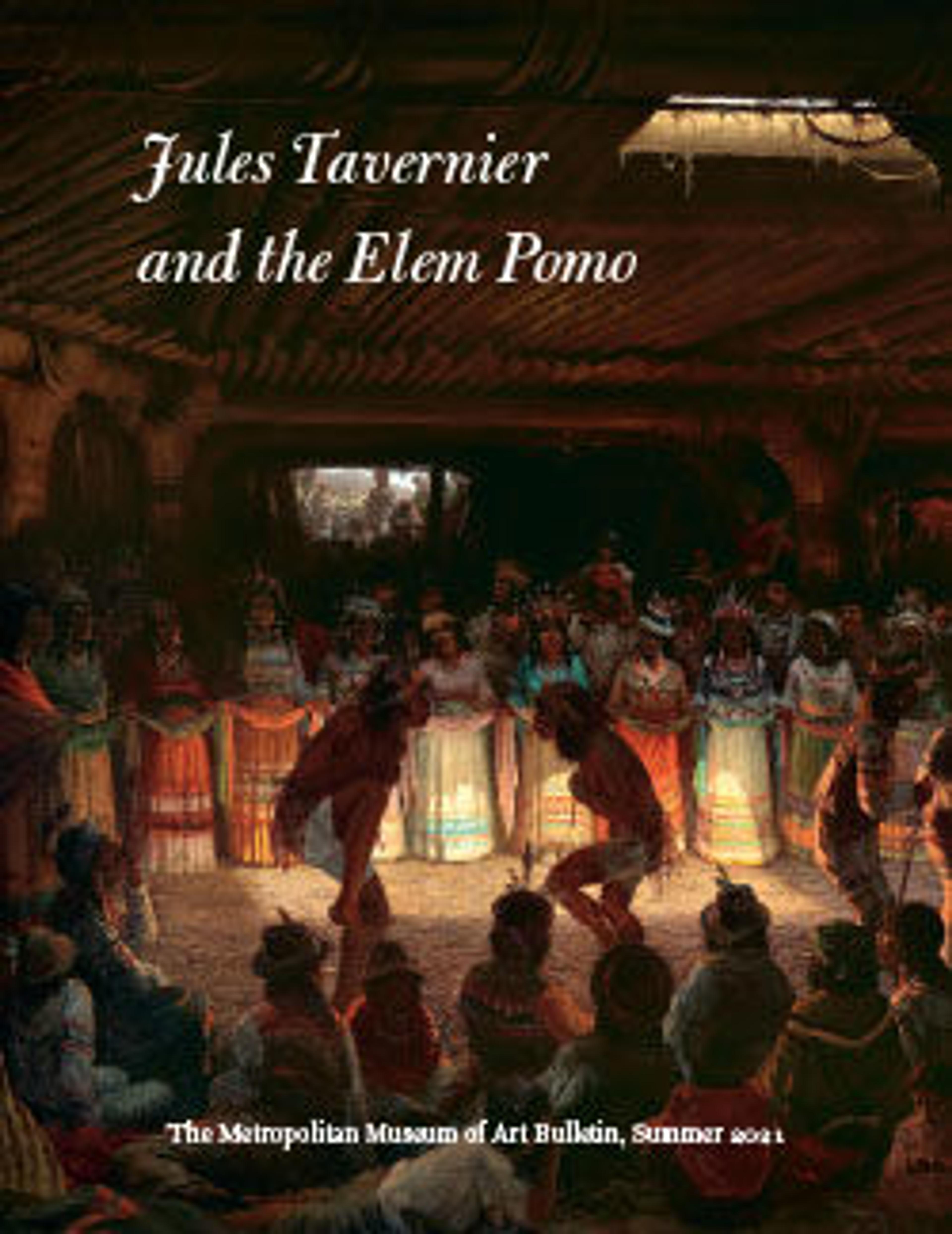The Grizzly Giant, Mariposa Grove, Yosemite
When he was twenty-one Carleton Watkins left Oneonta, New York, for California, following the example of Collis P. Huntington, another Oneonta native who had moved to California to make his fortune. After a stint in Huntington's store in Sacramento, Watkins moved to San Francisco where he chanced into an apprenticeship with Robert Vance, the famous daguerreotypist. By l858 Watkins had established an independent practice, photographing mining operations and land claims for financiers who were building their careers in the lap of the new state.
In l861 Watkins traveled with one of his patrons, Trenor Park, entrepreneur of the Mariposa gold mine, on a family excursion to Yosemite, an extraordinarily beautiful valley surrounded by cliffs three thousand feet in height. Unknown to white settlers until 1849, the valley was twenty hours by stage and mule from San Francisco. But word spread fast at the Mariposa mine, and by 1858 there were land claims, a better road, and tourists enough to support a hotel. In 1859 C. L. Weed photographed the valley, and by 1861 Easterners had come to know of the awe-inspiring site from articles in the Boston "Evening Transcript" written by the Unitarian minister Thomas Starr King.
The thirty mammoth plate (22 x 18 inches) and one hundred stereo views that Watkins took in Yosemite in 1861 were among the first photographs of the valley sent back East. Through Starr King, Oliver Wendell Holmes and Ralph Waldo Emerson received copies, and in l862 the photographs excited further interest when they were exhibited at Goupil's New York gallery. It was partly on their evidence that President Lincoln signed a bill in l864 declaring the valley inviolate and leading the way to the National Parks system.
The giant sequoia tree in Watkins's photograph is eighty-six feet in circumference, two hundred twenty-five feet high, and some three thousand years old. Grisly Giant, as the tree is known, helped clinch the notion that Yosemite was a relict of Eden in North America.
In l861 Watkins traveled with one of his patrons, Trenor Park, entrepreneur of the Mariposa gold mine, on a family excursion to Yosemite, an extraordinarily beautiful valley surrounded by cliffs three thousand feet in height. Unknown to white settlers until 1849, the valley was twenty hours by stage and mule from San Francisco. But word spread fast at the Mariposa mine, and by 1858 there were land claims, a better road, and tourists enough to support a hotel. In 1859 C. L. Weed photographed the valley, and by 1861 Easterners had come to know of the awe-inspiring site from articles in the Boston "Evening Transcript" written by the Unitarian minister Thomas Starr King.
The thirty mammoth plate (22 x 18 inches) and one hundred stereo views that Watkins took in Yosemite in 1861 were among the first photographs of the valley sent back East. Through Starr King, Oliver Wendell Holmes and Ralph Waldo Emerson received copies, and in l862 the photographs excited further interest when they were exhibited at Goupil's New York gallery. It was partly on their evidence that President Lincoln signed a bill in l864 declaring the valley inviolate and leading the way to the National Parks system.
The giant sequoia tree in Watkins's photograph is eighty-six feet in circumference, two hundred twenty-five feet high, and some three thousand years old. Grisly Giant, as the tree is known, helped clinch the notion that Yosemite was a relict of Eden in North America.
Artwork Details
- Title: The Grizzly Giant, Mariposa Grove, Yosemite
- Artist: Carleton E. Watkins (American, 1829–1916)
- Date: 1861
- Medium: Albumen silver print from glass negative
- Dimensions: Image: 52.3 x 40.7; Mount: 61.4 x 54.1
- Classification: Photographs
- Credit Line: Gilman Collection, Purchase, Gift of The Howard Gilman Foundation, by exchange, 2005
- Object Number: 2005.100.618
- Curatorial Department: Photographs
More Artwork
Research Resources
The Met provides unparalleled resources for research and welcomes an international community of students and scholars. The Met's Open Access API is where creators and researchers can connect to the The Met collection. Open Access data and public domain images are available for unrestricted commercial and noncommercial use without permission or fee.
To request images under copyright and other restrictions, please use this Image Request form.
Feedback
We continue to research and examine historical and cultural context for objects in The Met collection. If you have comments or questions about this object record, please contact us using the form below. The Museum looks forward to receiving your comments.
